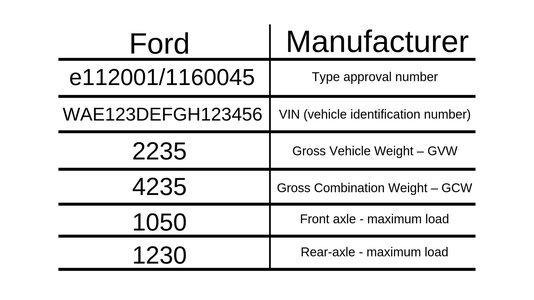- Sep 12, 2024
- 26
- 2
- 35
Hello
So a few of you might have read my other post explaining that we’d just bought a caravan and drive a Tesla Model Y.
It was only when we came to hook the caravan onto the back of the car when I realised a problem with the ATC not working.
Turns out that the 13 pin plug on the Model Y doesn’t have the permanent 12V live that the ATC requires!
Not sure that there’s too many EV owners on here but want to ask whether there’s another way of getting this to work? Perhaps getting the ATC connected to the 12V leisure battery?
What else would that 12V feed from the 13pin plug usually supply?
Thanks
So a few of you might have read my other post explaining that we’d just bought a caravan and drive a Tesla Model Y.
It was only when we came to hook the caravan onto the back of the car when I realised a problem with the ATC not working.
Turns out that the 13 pin plug on the Model Y doesn’t have the permanent 12V live that the ATC requires!
Not sure that there’s too many EV owners on here but want to ask whether there’s another way of getting this to work? Perhaps getting the ATC connected to the 12V leisure battery?
What else would that 12V feed from the 13pin plug usually supply?
Thanks



